All Science
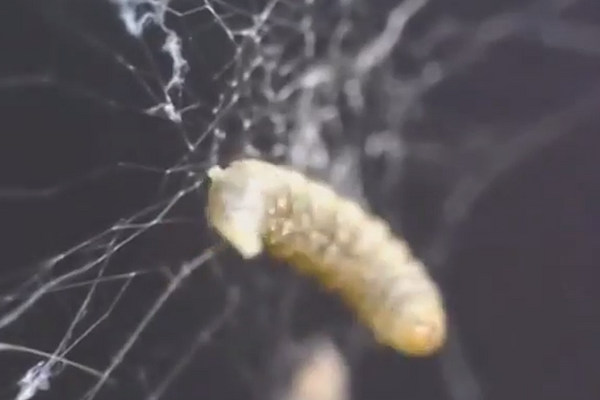 Wasps create 'zombie' spiders to do their bidding, say scientists
Wasps create 'zombie' spiders to do their bidding, say scientistsBy examining the parasitic relationship between ichneumon wasps and orb-weaving spiders, researchers hope to better understand chemical mind control in the animal world.
 Is your dog good with faces?
Is your dog good with faces?Researchers at Emory University found that dogs, like humans, have specialized parts of their brains that respond to faces, which may explain their social nature.
 Are fish evolving to outswim trawlers?
Are fish evolving to outswim trawlers?A new study suggests that by catching the slowest swimmers, commercial fishermen are inadvertently helping fish species evolve to swim faster.
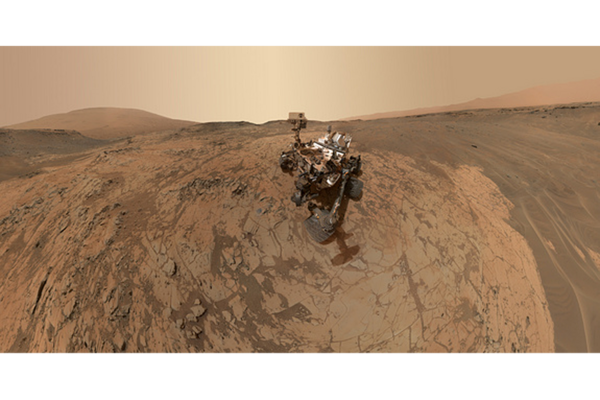 Curiosity Mars rover completes third year on Red Planet
Curiosity Mars rover completes third year on Red PlanetNASA's Mars rover, Curiosity, touched down on Mars on August 5, 2012.
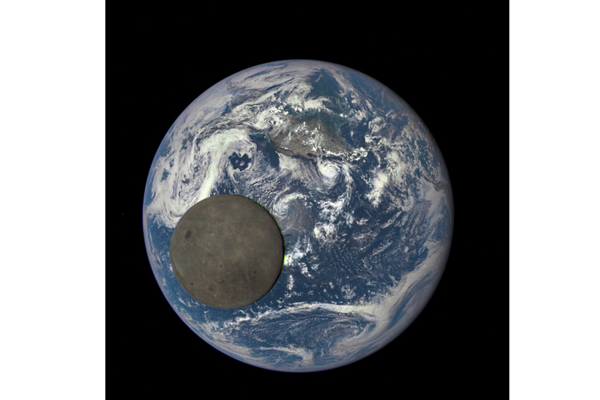 Breathtaking photo shows moon crossing Earth's face
Breathtaking photo shows moon crossing Earth's faceThe Deep Space Climate Observatory, a collaboration of NASA, the National Oceanic and Atmospheric Administration and the US Air Force, snapped an image of the Earth and the moon from a distance of a million miles.
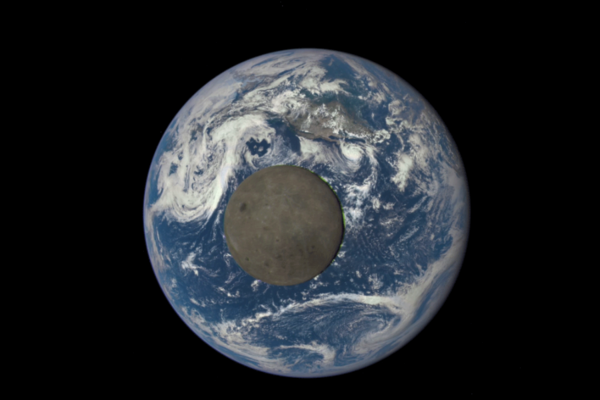 Astounding NASA image captures the moon's far side
Astounding NASA image captures the moon's far sideImages of the other side of the moon, released by NASA on Wednesday, would be impossible to take from Earth.
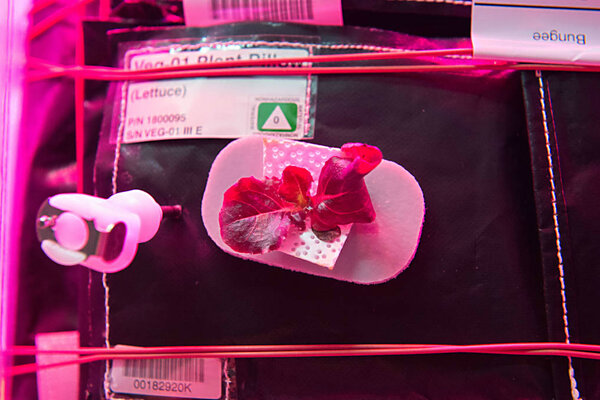 Veggies in space: Will future astronauts dine on zero-G zucchini?
Veggies in space: Will future astronauts dine on zero-G zucchini?NASA is attempting to grow food in orbit that could actually sustain space travelers.
 Tokyo to L.A. in three hours? Airbus wins patent for Concorde successor.
Tokyo to L.A. in three hours? Airbus wins patent for Concorde successor.Airbus has been awarded a patent for a superfast passenger plane that would travel Mach 4, or twice the speed of the Concorde
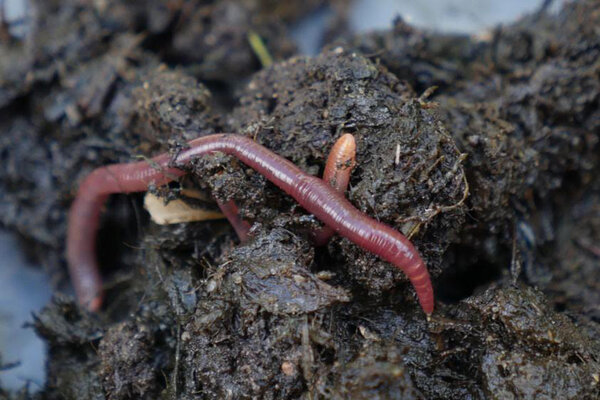 Scientists explain earthworms' leaf-busting guts
Scientists explain earthworms' leaf-busting gutsScientists have identified the chemical compounds that help earthworms overcome toxic plant defenses to digest leaf litter.
 Why our office temperatures are set to be comfortable for men
Why our office temperatures are set to be comfortable for menResearchers have found the thermostats of most offices are set for the average 1960s worker: a 150-pound man.
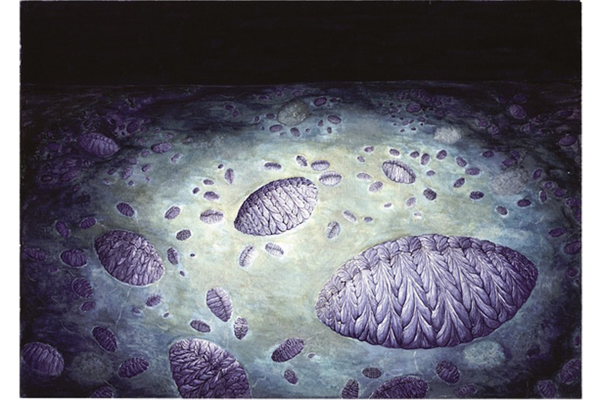 How did the first animals reproduce? Mysterious creatures reveal clues
How did the first animals reproduce? Mysterious creatures reveal cluesA new study reveals that ancient organisms known as rangeomorphs reproduced in two ways: through waterborne seed and 'runners' similar to strawberry plants.
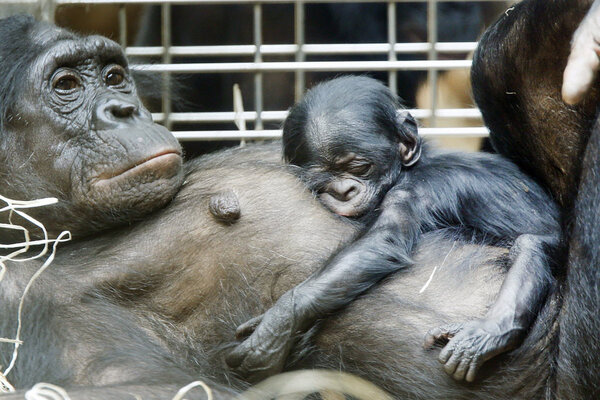 Bonobos speak like human babies, say scientists
Bonobos speak like human babies, say scientistsResearchers say bonobos communicate with high-pitched calls that require context to understand – much like human babies do.
 How an orbital 'Pac-Man' could help clean up space junk
How an orbital 'Pac-Man' could help clean up space junkThe Clean Space One project aims to trap a tiny cubesat that was launched in 2009, to demonstrate that satellites can gobble up orbital debris.
 Scientists find earliest evidence of reproduction in complex organism
Scientists find earliest evidence of reproduction in complex organismLiving between 580 million and 541 million years ago rangeomorphs, one of the first complex animals on Earth, had an equally complex reproductive strategy.
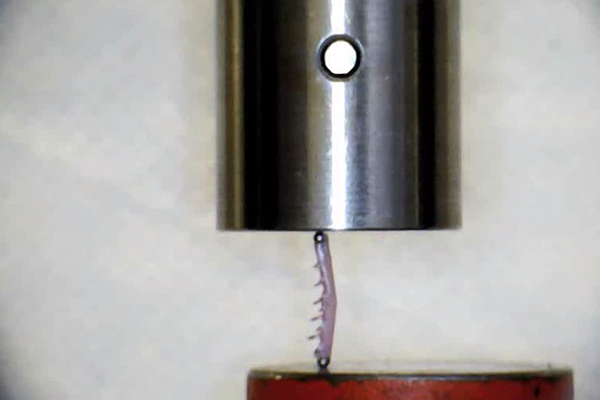 Can insect legs help us design better airplanes?
Can insect legs help us design better airplanes?Scientists at Trinity College, Dublin are examining how the structure of insects' legs could lead to more resilient manmade materials.
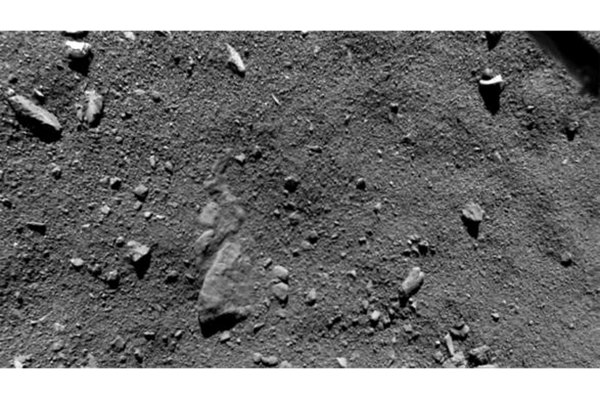 Comet lander Philae detects organic molecules
Comet lander Philae detects organic moleculesPhilae, the European Space Agency's comet lander, has identified complex molecules on Comet 67P/Churyumov-Gerasimenko, chemicals similar to those that may have furnished Earth with the ingredients for life.
 NASA puts Challenger, Columbia wreckage on public display for 1st time
NASA puts Challenger, Columbia wreckage on public display for 1st timeNASA is featuring wreckage from the Challenger and Columbia in a new exhibit at Kennedy Space Center for the first time ever, after hiding the debris for decades.
 Spectacular blue moon amazes skywatchers (PHOTOS)
Spectacular blue moon amazes skywatchers (PHOTOS)Photographers around the world – and beyond – snapped astounding images of July's second full moon.
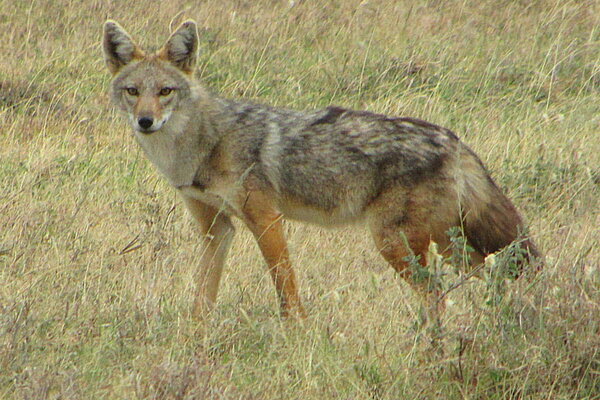 New dog species: A golden wolf, disguised as a golden jackal
New dog species: A golden wolf, disguised as a golden jackalThe discovery raises the number of living species in the dog family, which includes dogs, wolves, foxes, coyotes, and jackals, from 35 to 36.
 Science NotebookWater strider robot: This bug-inspired bot can hop on water
Science NotebookWater strider robot: This bug-inspired bot can hop on waterTaking cues from the water strider, researchers have developed a robotic insect capable of walking on – and launching itself from – the water’s surface.






















